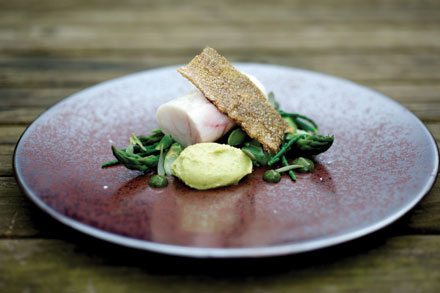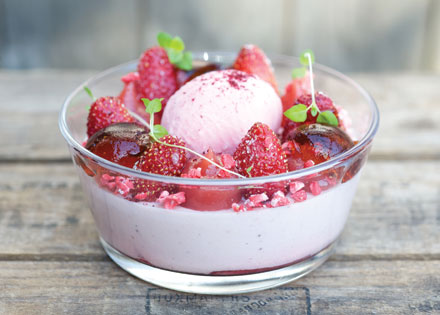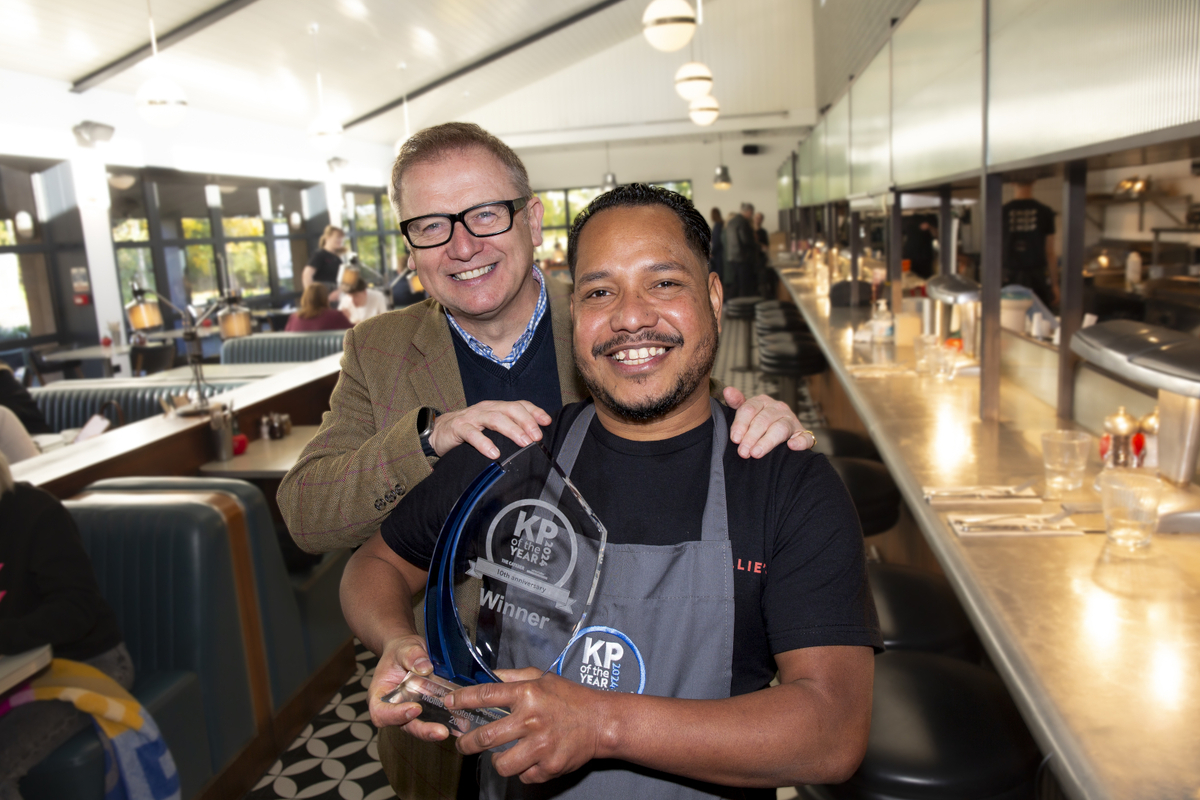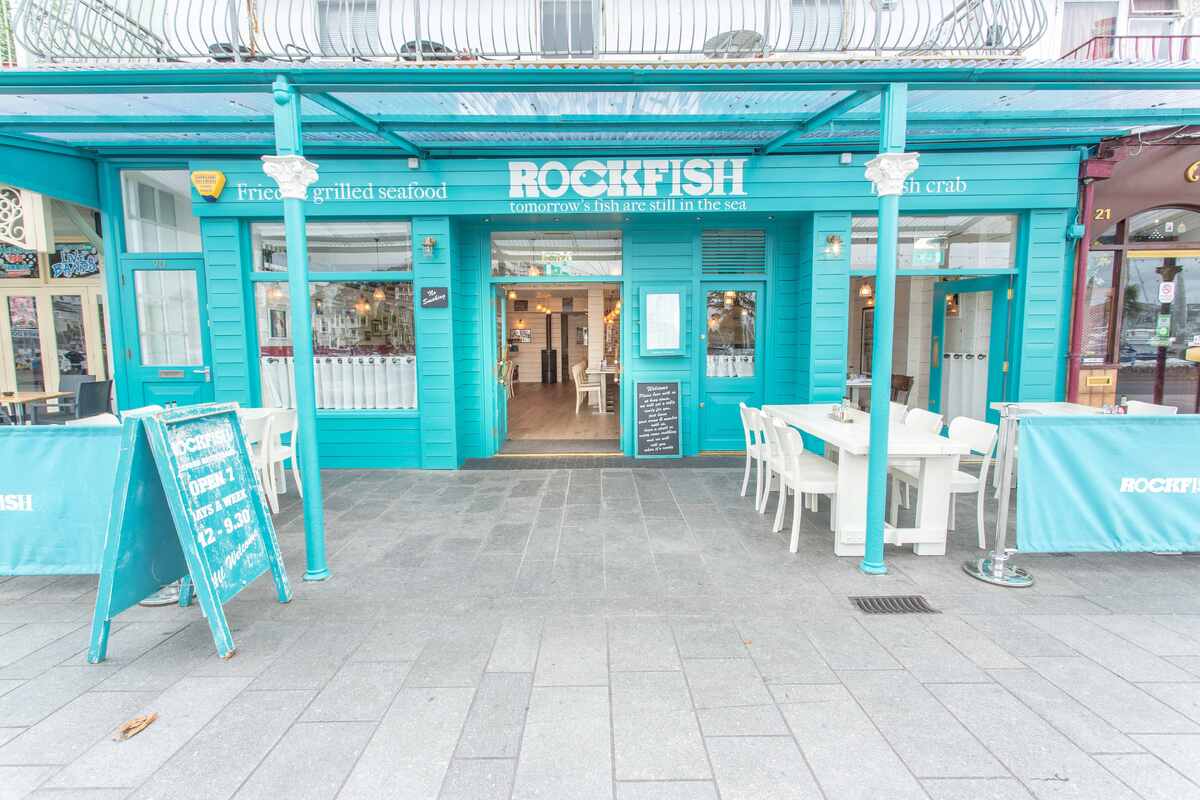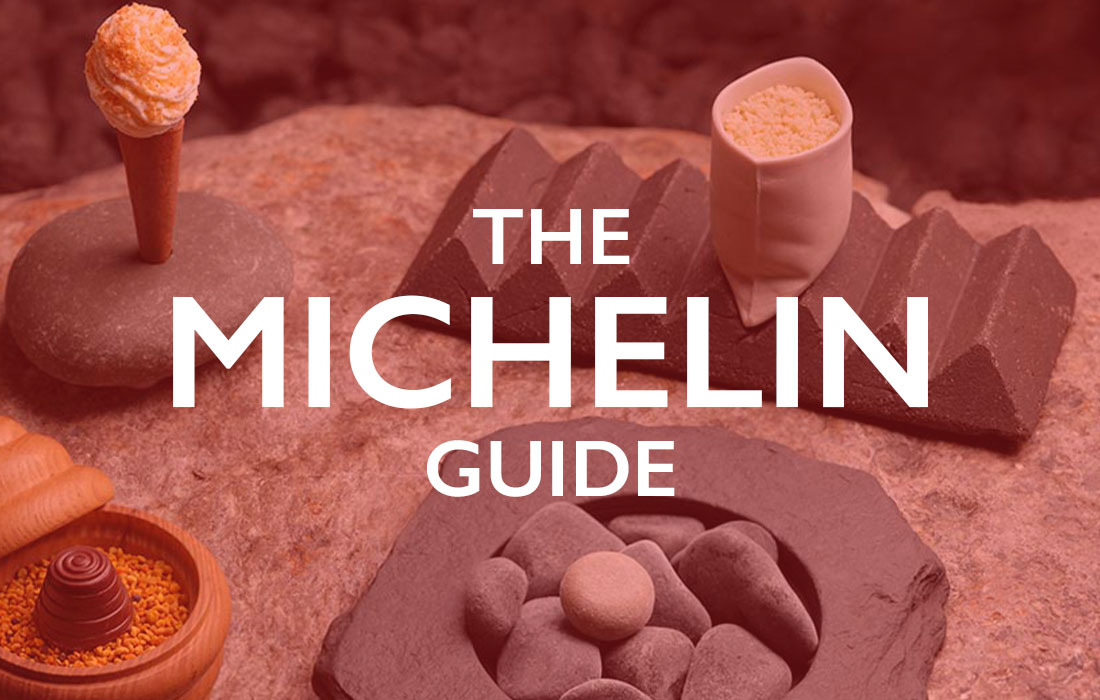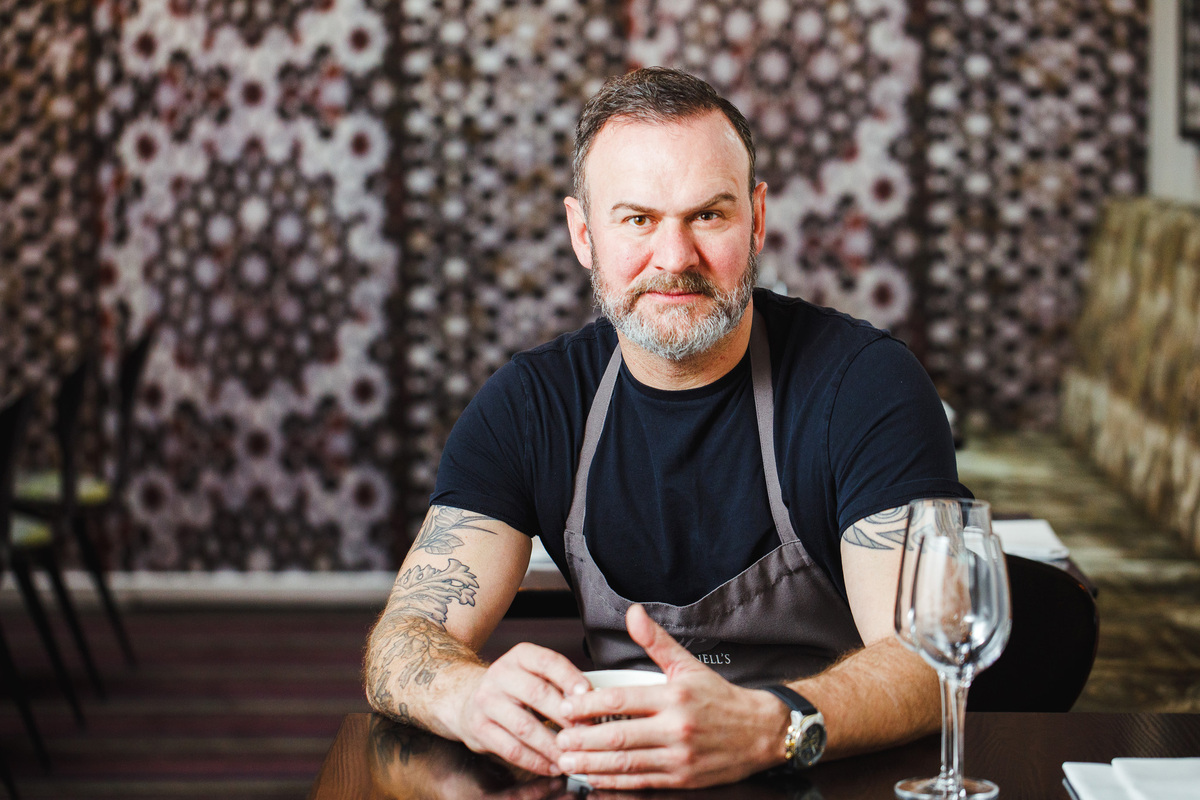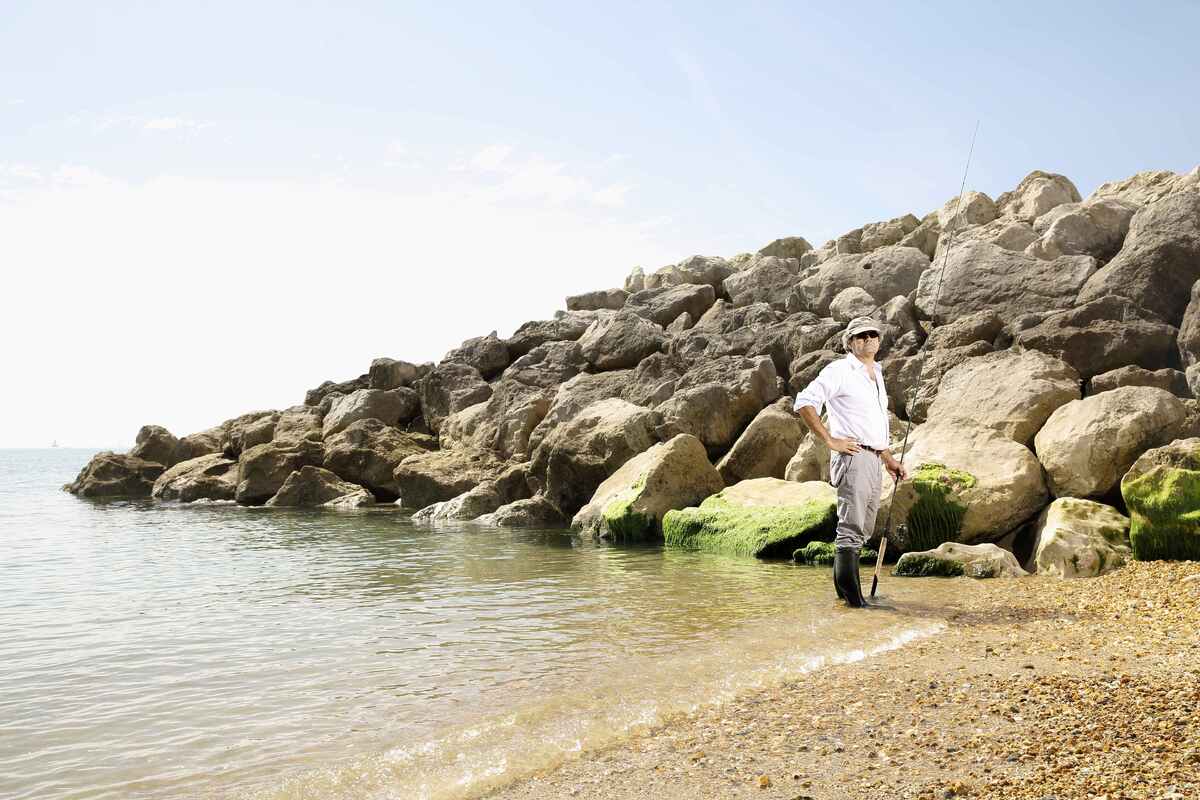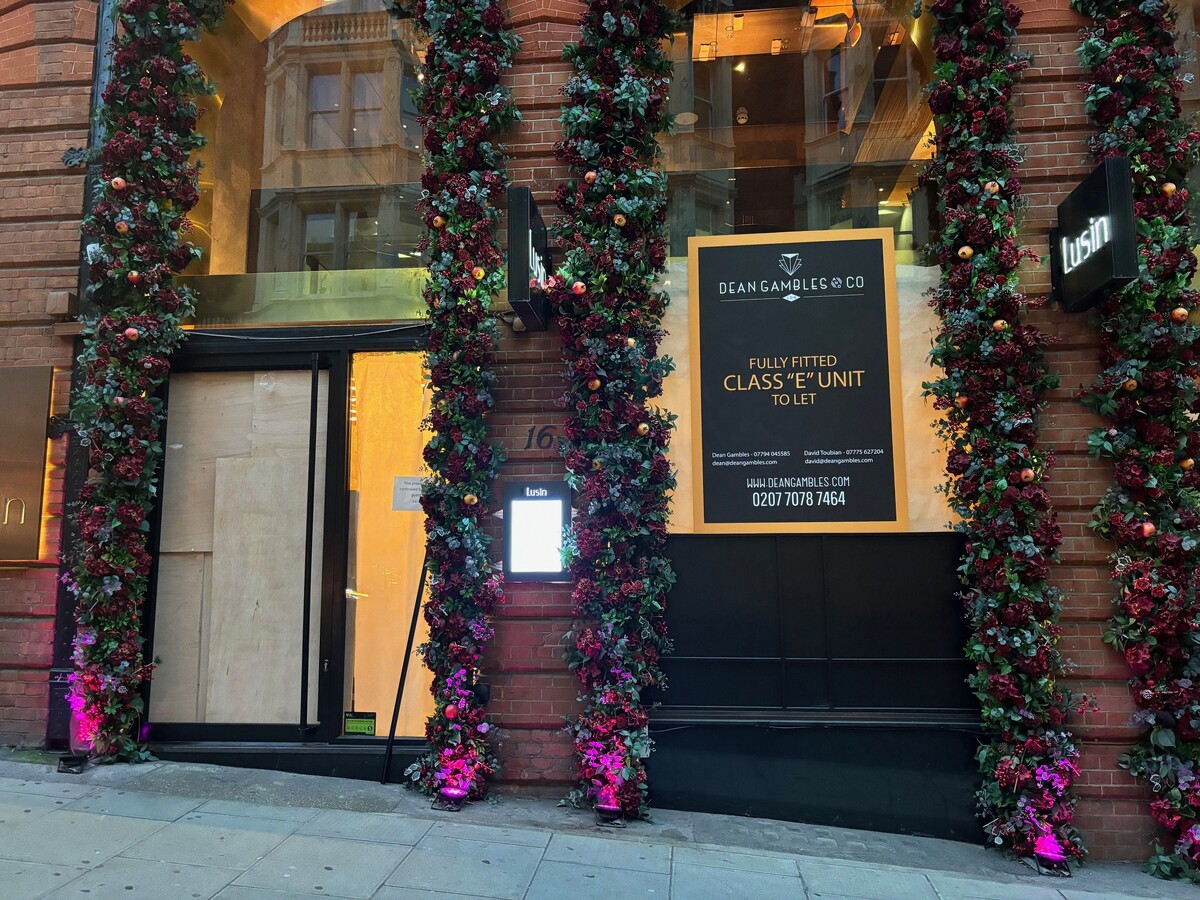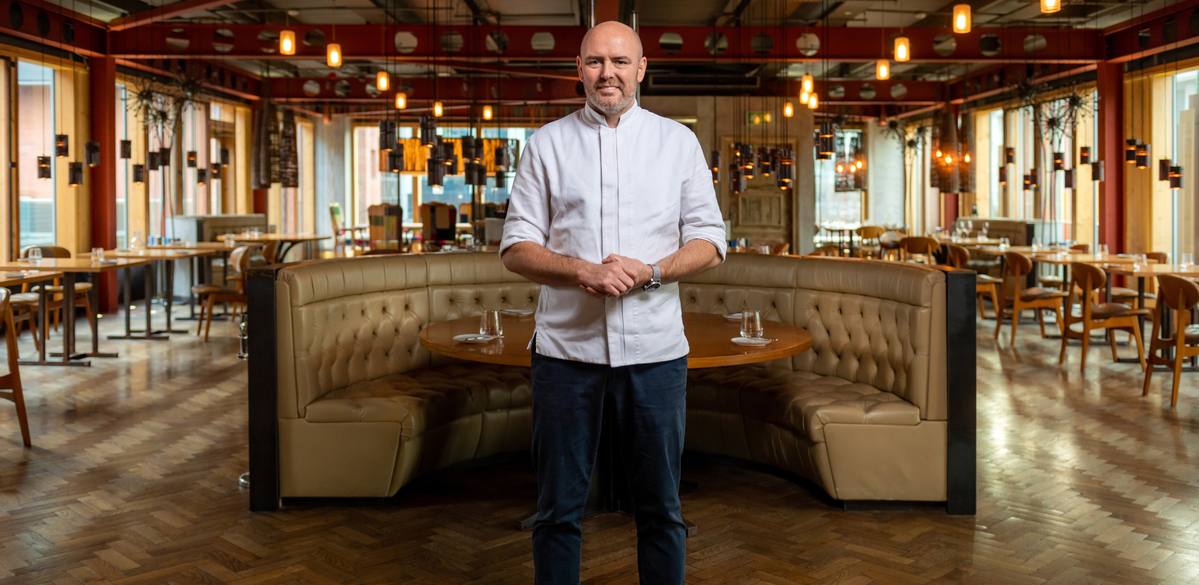What's in season: June/July
James Wellock of fresh produce supplier Wellocks highlights which ingredients will be in their prime in July, while British Larder chef Madalene Bonvini-Hamel shares some seasonal recipes
On a sunny day there is nothing better than going to see a grower and walking through their fields â" the smell of the fruit hits you as it floats on the air, and to be able to just pick and eat the berries is a taste sensation.
I always feel that the more local, or the less time from field to kitchen, is better to encapsulate the true flavour of the fresh berry. This, in essence, is why it matters that we use local produce. Local can have different meanings to different people: is it next door, or within 20 miles? For me, it is within 24 hours or less of being harvested. So please make the effort this summer to get out of your kitchen to visit a grower and share this experience.
It is also worth trying the different varieties of berries, as this is an ever-changing landscape. Each year new ones appear for different reasons, whether that is shelf life, colour, size or yield, but what we are really after is the most amazing taste.
Another area to look at is the size of the fruit. A little communication with your grower could get you a bespoke size of fruit that may take your dish to the next level.
Cherries have a very short season, which is dependent on the weather, but they are a must-have while they are here.
Europe has an abundance of seasonal fruit. Of the peaches try Paraguyas, a flat variety, along with nectarines. Of the melons, the French Charentais takes gold because of its outrageous perfume, and donât forget greengages and, probably my favourite,
the Provence black fig. I just love to grab one of these when I am walking the warehouse â" again, the textures and flavour are
outstanding.
The East coast, namely Norfolk, always offers some wonderful foraged produce, but what is always eagerly awaited is the marsh samphire, which has a more intense salty flavour than the farmed alternative â" although it does need a little more washing. Itâs normally around £8.50 per kilo and sea purslane is £13 per kilo.
Chefs will be spoilt for choice on the vegetable front, with broad beans, garden peas, runner or stick beans and bobby beans, and yet we are still asked about Kenyan fine beans when we have all these wonderful local alternatives.
More and more growers are switching their crops to the produce we would normally buy from Europe, so we will have local fennel, red and white chicory, green and red kohlrabi and globe artichokes. Baby vegetables are now being sold in various sizes, from micro to normal, including purple and Chantenay carrots, fennel, leeks, sweet white radishes, and golden, red and chioggia beets.
Chinese vegetables are also being produced, from mini sizes to large, and include choi sum, pak choi, tung choi, tat choi, sui choi and kai choi.
But, saving the best for last, it is now the time of year when you must hunt for and pester your supplier for some Ulster Prince or Ulster Sceptre potatoes. They epitomise summer: pure white in colour, they cut like butter and melt in the mouth. They have the perfect flavour â" just heaven with lots of butter and mint on top.
www.wellocks.com
Poached red gurnard, asparagus mousse, samphire vinaigrette
(Serves 6 as a starter)
Â
For the red gurnard
6 x 60g-80g gurnard portions, boneless and skinless (keep the skin to dry out and use as a garnish)
Sea salt
Â
For the asparagus mousse 50g chopped banana shallots
40g unsalted butter
250g chopped asparagus,
both stalks and tips
300ml white chicken stock
25g spinach
100ml double cream
2 gelatine leaves, bloomed
Sea salt and freshly cracked black pepper
Juice of half a lemon
Â
For the samphire vinaigrette 80g large leaf spinach
100g samphire
2 nori sheets
2tbs mirin
60ml peanut oil
Sea salt and freshly cracked black pepper
To serve 12 spears of green asparagus
12 spears of white asparagus
100g samphire
50g sea purslane (optional)
Sea salt
1tbs rapeseed oil
First prepare the asparagus mousse. In a medium saucepan sauté the shallots in the butter until transparent but not coloured. Add the asparagus and season to taste. Cook for 2 minutes, remove from the heat and add the spinach.
In a separate saucepan bring the stock to the boil and simmer for 2 minutes. Add the bloomed gelatine, and mix to dissolve. Place the asparagus, shallots, spinach and the liquid in a blender and blend until smooth, adjust the seasoning and add lemon juice to taste. Pour the mixture into a container, place the container over ice in the fridge, and refrigerate until completely set â" about 3 hours.
Make the samphire vinaigrette. Bring a large pan of salted water to the boil, cook the spinach and samphire until tender for about 2 minutes, drain and refresh in iced water. Once cold, drain and place in a blender jug, add the nori sheets, mirin and season lightly. Blend and slowly add the oil. Season to taste and chill until needed.
Cook the gurnard. First remove any fish and fat from the skin â" you will need 6 pieces of skin. Place them flat on a lined baking tray, lightly season with sea salt, place another piece of parchment paper on top of the skin and place a heavy baking tray on top. Bake in a pre-heated oven at 180°C for 15-20 minutes until crisp and golden. Cool on a cooling rack until needed.
Wrap the gurnards in clingfilm to shape them into even-sized barrels and vacuum each in bags. When you are ready to serve, cook the fish in a pre-heated water bath at 64°C for 10 minutes.
Blanch the asparagus and samphire in boiling salted water until al dente, drain, season with salt and toss in the rapeseed oil.
To serve, divide and arrange the asparagus, samphire and sea purslane between six starter plates. Place the gurnard on top, spoon a quenelle of the asparagus mousse on each plate, drizzle the vinaigrette, place a crisp piece of fish skin on each plate and serve immediately.
Roasted strawberry bavarois, dandelion and burdock jelly
(Serves 12)
For the strawberry ice-cream
500g strawberry purée
300ml double cream
150ml milk
125g caster sugar
Â
For the strawberry bavarois 1kg fresh ripe strawberries, hulled
100g icing sugar
240g caster sugar
100ml cold water
6 egg yolks
3 leaves gelatine, bloomed
400g strawberry purée, chilled
600ml whipping cream
50g micro mint for garnish
20g freeze-dried strawberry pieces
For the dandelion and burdock jelly 275ml Fentimans dandelion and burdock
50g caster sugar
2 leaves gelatine, bloomed
Â
For the roasted strawberries, pre-heat the oven to 180°C. Place the strawberries on a lined baking tray and dust with icing sugar. Roast for 10-12 minutes and leave to cool.
Make the strawberry ice-cream. Place all the ingredients for the ice-cream in a blender and blend for one minute. Churn the mixture, using an ice-cream maker, and then store in the freezer until needed.
Set half the roasted strawberries aside for garnishing, and divide the remaining roasted strawberries and the roasting juices between 12 chilled dessert glasses. Refrigerate.
To make the strawberry bavarois, place the caster sugar, water and egg yolks in a Thermomix jug, insert a butterfly whisk
and set the timer to 19 minutes, 90°C, speed 4. Drain the bloomed gelatine and add to the hot sabayon, whip for 30 seconds, and then add the chilled strawberry purée.
Transfer the mix to a bowl over ice and cool. Semi-whip the cream until it reaches the soft ribbon stage, and fold into the strawberry mix. Transfer to a piping bag and divide the mixture between the 12 chilled glasses. Refrigerate until set â" about 4 hours.
Make the dandelion and burdock jelly. Gently heat the dandelion and burdock and sugar over a low heat until just before boiling point. Add the drained, bloomed gelatine, stir to dissolve and pass through a fine sieve. Pour into a container and set for 4 hours.
To serve, arrange the roasted strawberries on top of the bavarois. Add dollops of the jelly between the strawberries and place
a scoop of ice cream in the centre. Garnish with micro mint and freeze-dried strawberry pieces and serve immediately.



